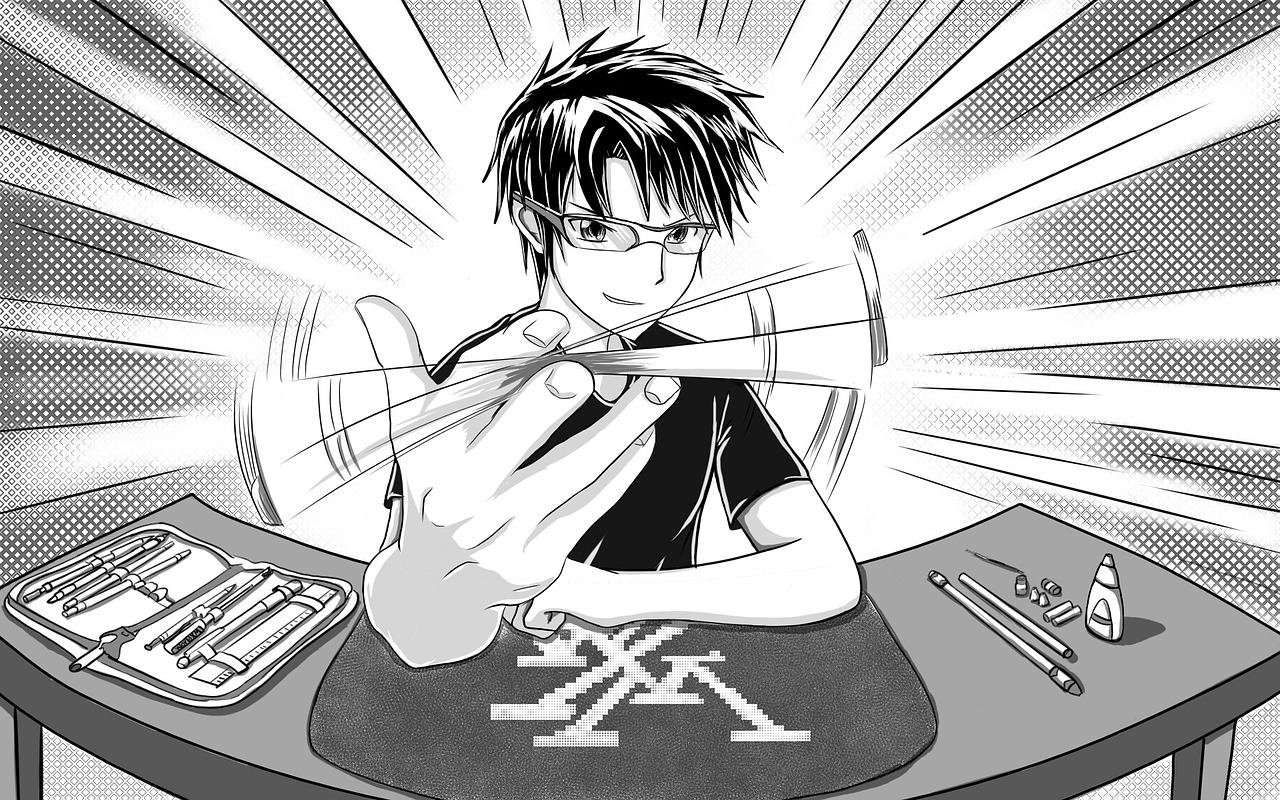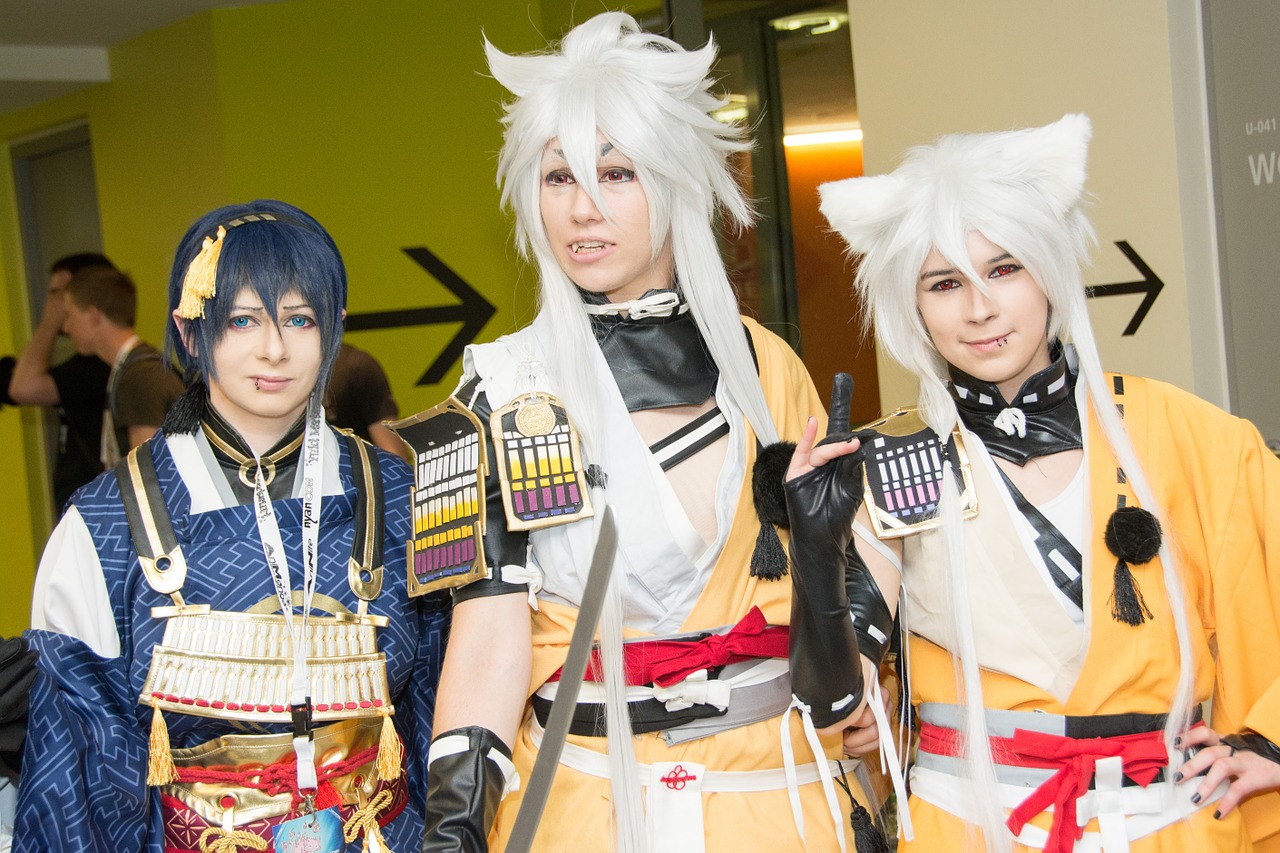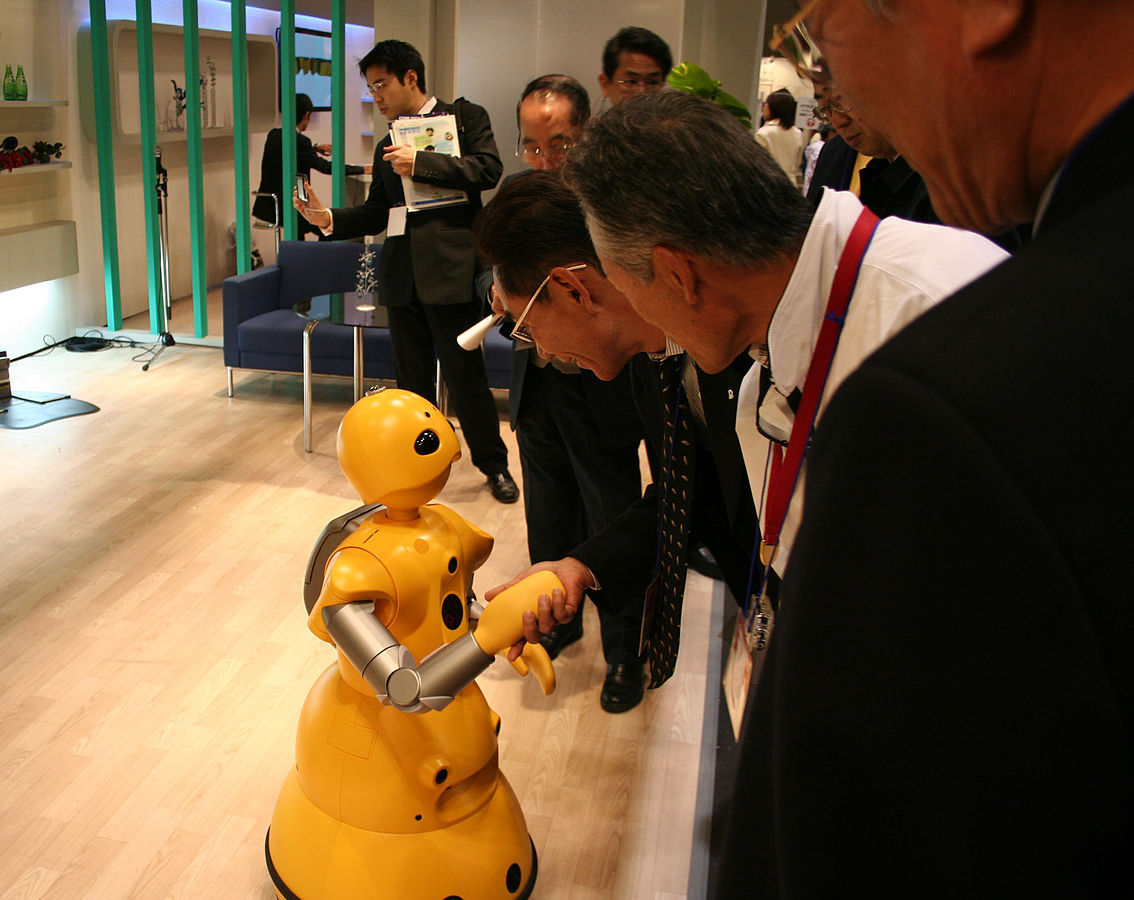Top Ten Words to Know before Coming to Your First Anime Convention
Konnichiwa fellow anime lovers! Are you nervous about coming to your very first anime convention because you don't speak "the same language" as everyone else? Well don't be! Regardless as to whether you're a newbie or a veteran of anime conventions, everyone gets some part of the lingo wrong at some point.
Don't believe us? Well be sure to check out our top ten words to know before coming to your first anime convention.
- Anime(アニメ) - Short for animation, the word, anime, is used to describe animation that comes (specifically) from Japan. It is heavily inspired by Western animations such as Walt Disney’s Snow White and Max Fleischer’s Betty Boop. As much as we love Avatar: The Last Airbender, as well as many other Eastern inspired animations, neither of these are considered anime by any means.
Point of Reference:

Image via [https://giphy.com/gifs/black-and-white-cartoon-swag-12R3pcJ24CaRj2]
- Manga(漫画) - Literally translated as “free/overflowing drawings” in Japanese, manga is a type of comic book found in Japan that is often read from right to left as opposed to from left to right. Though most anime lovers claim that “the manga is better than the anime”, most of them still prefer to watch the anime version of their “favorite manga series” during their spare time.
Point of Reference:

Image via [https://pixabay.com/en/turn-pen-manga-anime-digital-design-976930/]
- Otaku(オタク) - Often used to describe people who are overly passionate towards anime and manga, the word, otaku, is actually a neutral word used to describe people who are overly passionate towards anything. So if you hear anyone use this word at an anime convention, don’t panic! There’s nothing wrong with loving something that you enjoy doing. Just ask our friend, James, from Pokemon, here. He's a fellow otaku cosplayer himself, kindof...
Point of Reference:

Image via [https://giphy.com/gifs/pokemon-kawaii-james-RfprItHPpSCf6]
- Weeaboo - Often used to describe foreigners who have an unhealthy obsession with Japanese culture, the word, weeaboo, originated from a webcomic called The Perry Bible Fellowship as a substitute for the word, “wapanese”, an insulting term used to describe Western people who have an unhealthy obsession with Japanese culture. Although this word started out as a nonsensical substitute for a “bad word”, overtime, it too became classified as a “bad word” in the anime/manga/otaku community. Go figure, right?
Point of Reference:

Image via [https://giphy.com/gifs/cat-cute-jar7dDQE4stnq/links]
- Moe (萌え) - Literally translated as “budding” or “to sprout” in Japanese, the word, moe, is used to describe anything that is cute, perky, and spontaneous such as our friend, Honey Senpai, from Ouran High School Host Club down below. Usually, this word has a negative connotation, but if used correctly, it can also have a positive meaning to it. So the next time your fellow maid wants to chant, "moe, moe”, with you while shaking away your favorite anime cocktail, don’t be afraid to chant it with her.
Point of Reference:

Image via [https://giphy.com/gifs/kawaii-honey-gd710qUem06dy]
- Kawaii(かわいい) - Translated as “cute” or “lovely” in Japanese, “kawaii” is often overused to describe anything in a convention that either is or isn’t cute. But don’t be afraid if you have a tendency to overuse the word, "kawaii." It’s a super cute word, after all.
Point of Reference:

Image via [https://giphy.com/gifs/kawaii-gwen-stefani-harajuku-girls-3KIvnSDq4i0V2]
- Sugoi(すごい) - It basically means “cool” or “amazing” in Japanese. Again, this is another word that fellow anime lovers love to take out of context.
Point of Reference:

- Desu or de-su(です) - Desu is a Japanese ending particle used to describe something that is in the “present state” and/or finish a sentence. Despite the fact that it doesn't really have a meaning to it, in most anime conventions, fellow otakus like to overuse this “word,” a lot...
Point of Reference:

Image via [https://giphy.com/gifs/venusangelic-weaboo-kawaii-qween-cILgvi55fJCOA]
Brief Japanese Grammer Lesson of the Day
Let's say you're given the following sentence:
ジャックさんはとてもかわいいの人です.
In the following sentence...
- ジャック(Jack) is the subject
- さん(san) is an honorific used for an older person. In this case, さん(san) can be translated as either "Mr." or "Ms.", depending on which gender Jack wants to be on that day...
- は(wa) is the particle used to describe the subject in the present moment
- とても(totemo) means "very"
- かわいい(kawaii) means “cute”
- の(no) is a possessive used to describe the adjective as being a part of something
- 人(hito) means “person”
- です(desu) is just there to finish everything off.
Altogether, the sentence readers as, "Jack/Jack-san/Mr. Jack/Ms. Jack is a very cute person,” which, in all honesty, isn't a bad thing.
In other words, the "word," です(desu), acts as a placemarker to signify that the sentence/observation has been completed, for now, anyway.
- Lolita(ロリータ) - Based off of 18th century Victorian gowns, gothic subculture fashions, and many other Western styles of clothing, lolita is a popular, expensive, modest Japanese street fashion that bratty teenage girls ages 10 to 30 beg their parents to get for them. This style of dress has NOTHING to do with Vladimir Nabokov’s Lolita. Instead, it has to do with young girls wanting to dress nice and modest without being looked down upon by society.
Point of Reference:

Image via [https://gph.is/2aVKaAe]
- Chibi(ちび) - Adorable anime characters, typically young girl characters, that have big faces, big hair, small bodys, and big eyes. Supposedly, these type of characters was inspired by Max Fleischer cartoon characters such as Felix the Cat and Betty Boop.

Image via [https://giphy.com/gifs/smile-kawaii-3lBOIbP9ghX2]
BONUS(stay turned...)
Cosplay(コスプレ) - A combination of the words, “costume” and “play”, cosplay is a style of costuming making that allows users and makers to dress up and act as their favorite characters. Regardless as to whether you choose to buy your cosplay and/or make your own cosplay, all cosplays are treated equal on this site. So don't feel bad if your cosplay doesn't match someone else's idea of a cosplay.
Point of Reference:

Image via [https://pixabay.com/en/cosplay-panel-anime-manga-dress-up-980212/]
Conclusion(?)
So anyway, that's our blog, folks! Thanks for reading! But before we leave, let me ask you, what other words do you suggest that we add onto our blog for next time? Is there a particular word in Japanese culture that you still have a hard time understanding? Have you ever been refered to as either a "weeaboo" and/or an "otaku" before? If so, how did it make you feel?
Be sure to leave us a comment at the bottom if you either like this blog and/or have any questions related to anime culture in general.
Oh, and one more thing...Because you readers have been such awesome readers, we would like to give you at least one more additional bonus word as our way of saying, "thanks", for getting through this whole, crazy, cosplay blog.
And speaking of thanks, here's what our little friend, the modern man with parts made in Japan, has to say...
Domo(ども ) - Short for domo arigatougozaimasu(ども ありがとう ございます), domo is just a casual way of saying, “thanks.” So next time you hear that famous Styx song playing on the radio, at least you know now as to what they’re talking about...You're welcome Gen X members...

Image via [https://commons.wikimedia.org/wiki/File:Wakamaru_shaking_hands.jpg]